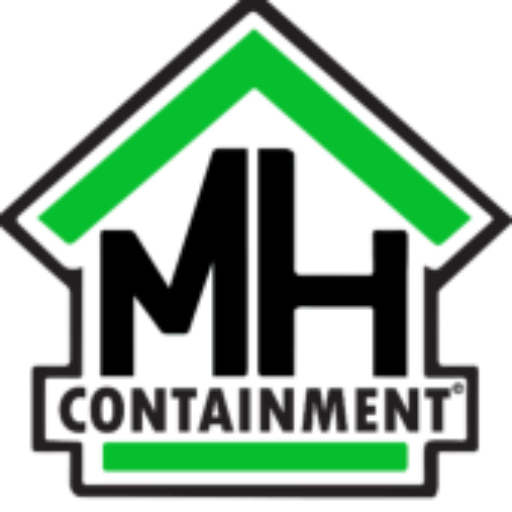4 Types of Mold
by Adam Bailey
Mold is a serious potential health hazard, but did you know that different types of mold can cause different problems? Do you know what symptoms to look for that might be the reaction to mold? Below are what to look for to identify 4 of the more common species of mold that may negatively impact your physical health and your home’s well being.
Stachybotrys
What it Looks Like:
Stachybotrys grows in areas rich in cellulose that have been exposed to high levels of moisture for a prolonged period of time. It appears black with either a velvety or slimy texture.
Possible Symptoms: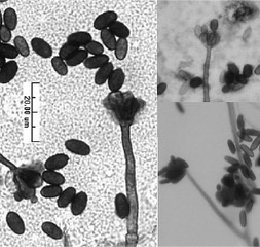
- Dry eyes
- Vision problems
- Joint pain
- Muscle aches
- Fatigue
- Headache
- Nausea
- Abdominal pain
- Rash
- Bleeding lungs
- Wheezing
- Shortness of breath
- Sore throat
- Vomiting
- Diarrhea
- Coughing
- Sneezing
- Fever
- Nose bleeds
- Swollen lymph nodes
- Heart palpitations
- Yellow nails
- Seizures
Note: Symptoms are likely to differ from person to person; different people will likely suffer different combinations of the above
Cladosporium
What it Looks Like:
Cladosporium refers to roughly 500 species of mold frequently found on rotten organic matter, and typically appearing as green, brown or black spots.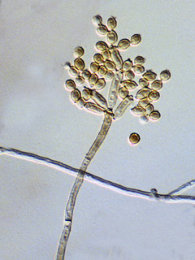
Possible Symptoms:
- Dry Skin
- Sneezing
- Stuffy or Runny Nose
- Coughing
- Postnasal drip
- Itchy Throat/Eyes/Nose
- Watery Eyes
Fusarium
What it Looks Like:
Fusarium is a mold typically found in soil and plants; look for a wilting in plants or a greyish white pasty mass
Possible Symptoms: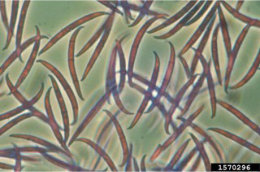
- Internal Bleeding
- Nausea
- Diarrhea
- Vomiting
- Dermatitis
Aspergillus
What it Looks Like:
Aspergillus is the most common type of black mold, and can appear as anything from a yellow to a black mass, with specific species being identified by the color of their colonies.
Possible Symptoms: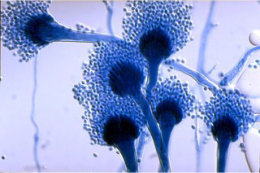
- Fever
- Hemoptysis (coughing up blood)
- Worsening Asthma
- Fungal Ball (a mass that develops in the lungs and can cause hemoptysis,wheezing, shortness of breath, weight loss, or fatigue.
If you suffer from these symptoms, seek professional assistance. If you suspect a mold to be growing in your home, contact a professional to perform tests to make sure, and protect yourself by containing the mold site with a product such as MoldHold. If you notice symptoms and think you might be having a physical reaction to mold in your environment, go to your doctor with these concerns to catch anything that may be going on before it gets worse.

